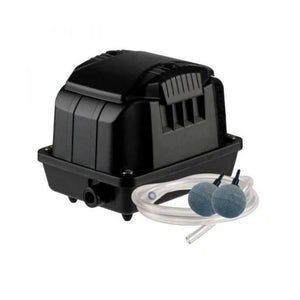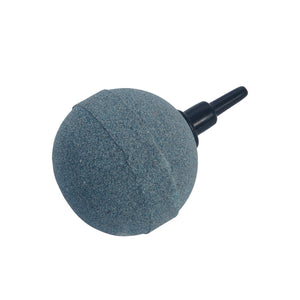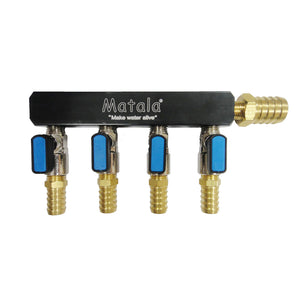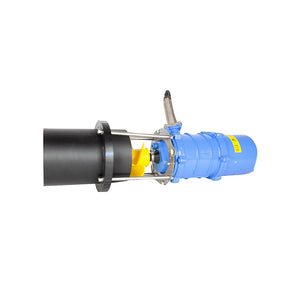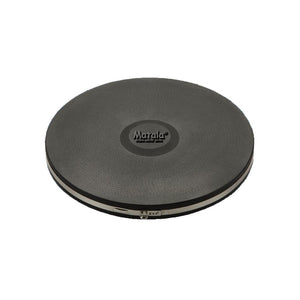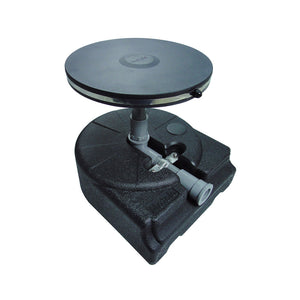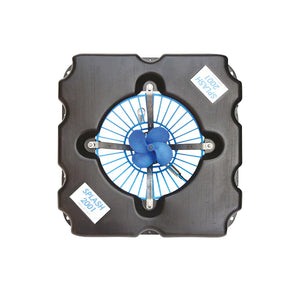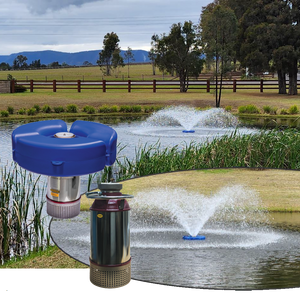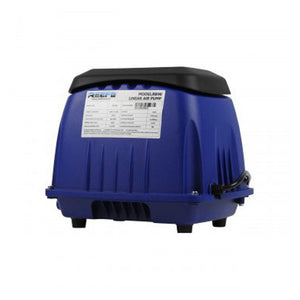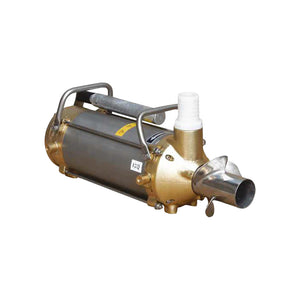Pond and Dam Aeration
To secret ingredient to keeping water clean and bacteria-free is simply air. Be it a pond, water feature or a large dam, aeration is the key to beautiful water quality.
Our in house irrigation experts can design an aeration system to suit with all the components available at online prices.



